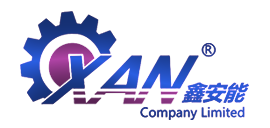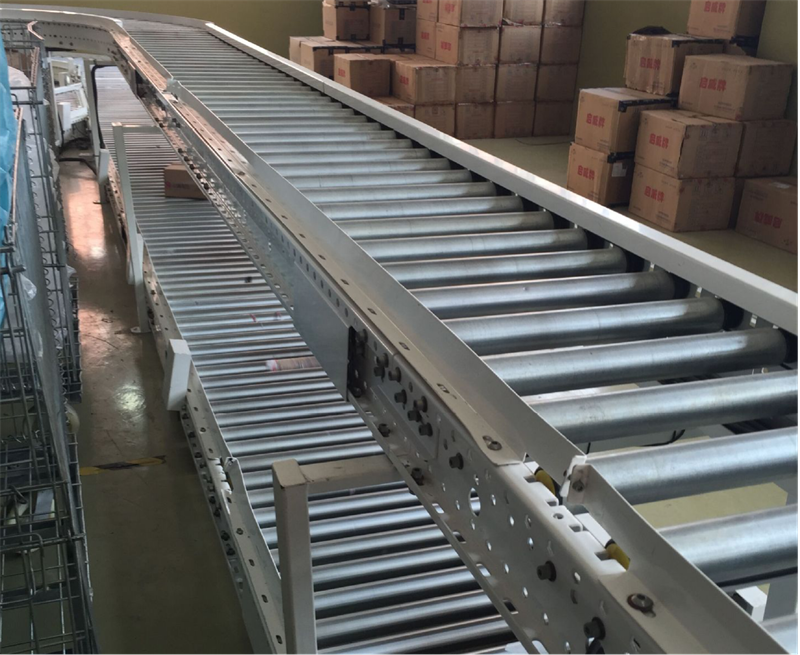
Among all kinds of conveying equipment, roller conveyors have an extremely wide range of applications and a solid position that cannot be ignored. Roller conveyors are widely used in express delivery, postal services, e-commerce, airports, food and beverage, fashion, automobiles, ports, coal, building materials and other manufacturing industries.
The contact bottom surface of the goods suitable for roller conveying should be flat and hard, such as: rigid cartons, flat-bottomed plastic boxes, metal (steel) boxes, wooden pallets, etc. When the contact bottom surface of the goods is soft or irregular (such as: soft bags, handbags, irregular bottom parts, etc.), it is not suitable for roller conveying. At the same time, it should be noted that the contact surface between the goods and the roller is too small (point contact or line contact), and even if it can be conveyed, it is easy to damage the roller (local wear, taper sleeve breakage, etc.), which will affect the service life of the equipment, such as the metal box with a mesh structure with a bottom contact surface.

Selection of Drum Categories:
When using manual push or inclined free slide, the non-powered drum is selected; When using AC motor drive, the power conveying drum can be selected, and the power conveying drum can be divided into single sprocket drive drum, double sprocket drive drum, synchronous belt drive drum, multi-ribbed belt drive drum, O belt drive drum, etc. according to different transmission modes; When the electric drum drive is selected, the electric drum can be used in conjunction with the power drum or the non-powered drum; When it is necessary to stop the accumulation of goods on the conveyor line, the accumulation drum can be selected, and the sleeve accumulation type (friction is not adjustable) and adjustable accumulation drum can be selected according to the actual accumulation demand; When the goods need to achieve the turning action, the conical drum is selected, and the taper of the standard conical drum of different manufacturers is generally 3.6° or 2.4°, with 3.6° being the majority.
Selection of drum material:
Different use environments need to choose different materials of rollers: plastic parts are brittle in low temperature environment, not suitable for long-term use, so in low temperature environment, all steel rollers need to be selected; When the lagging drum is used, a small amount of dust will be generated, so it cannot be used in a dust-free environment; Polyurethane is easy to absorb external colors, so it cannot be used to convey packaging boxes and goods with printing colors; When there is a corrosive environment, stainless steel rollers need to be used; When the conveyed object will cause great wear to the drum, the stainless steel or hard chrome plating drum should be used as much as possible due to the low wear resistance of the galvanized drum and the poor appearance after wear; When large friction is required due to speed increase, climbing and other reasons, the lagging roller is selected, which can play the role of protecting the ground of goods and reducing the noise of transportation at the same time.
Choice of drum width:
For straight section conveying, under normal circumstances, the length of the drum W is 50~150mm wider than the width of the goods B, and the smaller one can be selected when there are requirements for positioning, and 10~20mm is taken. For the goods with great rigidity at the bottom, the width of the goods can be slightly greater than the length of the roller surface without affecting the normal transportation and safety, and W≥0.8B is generally taken.